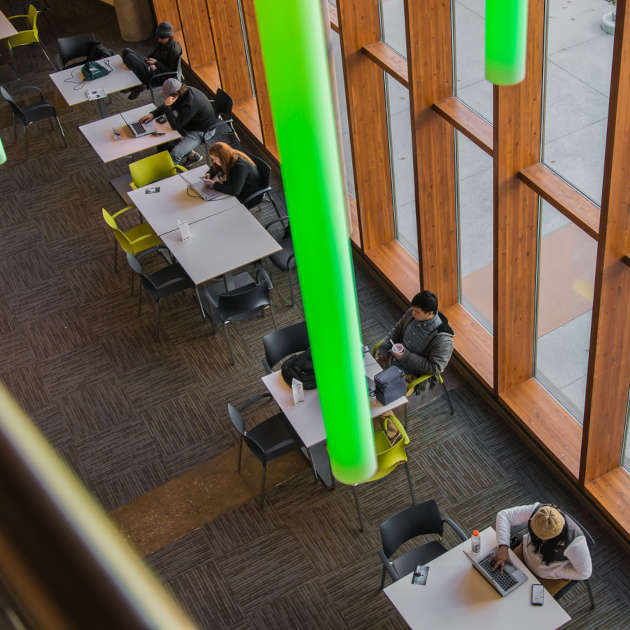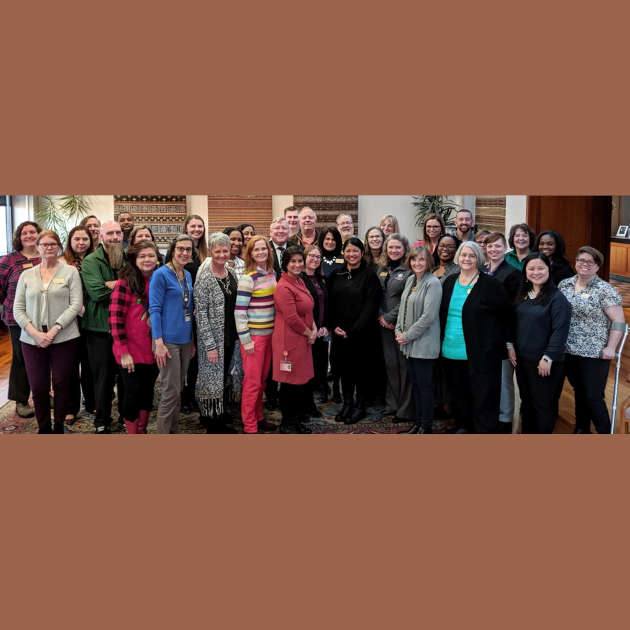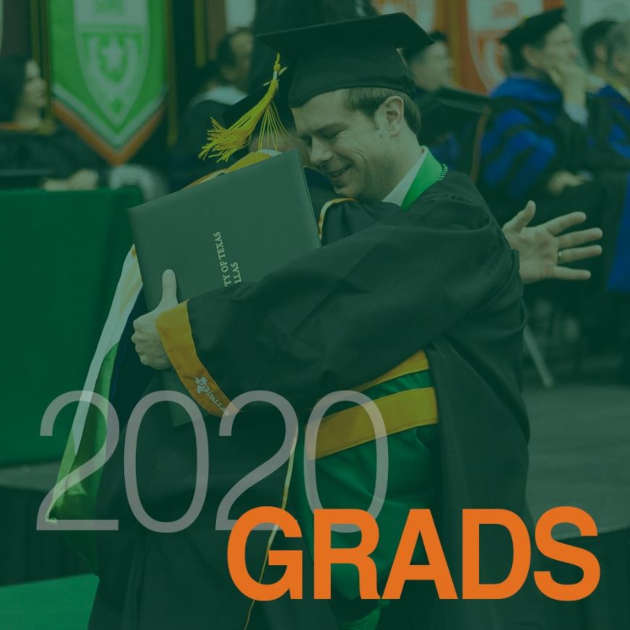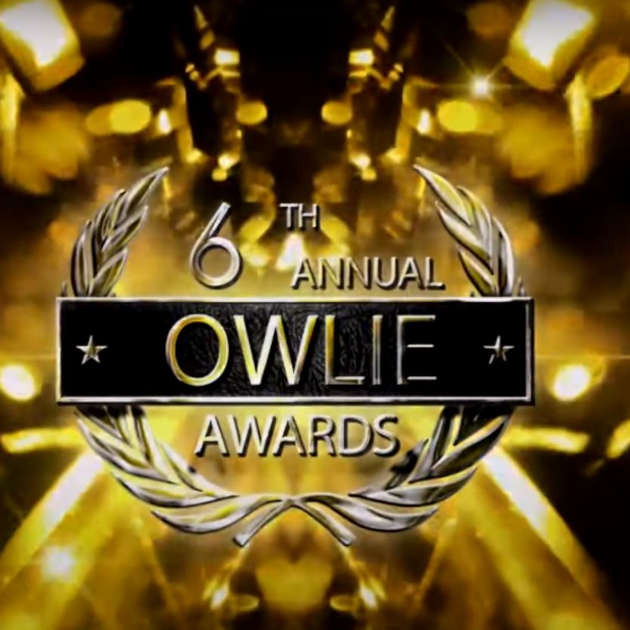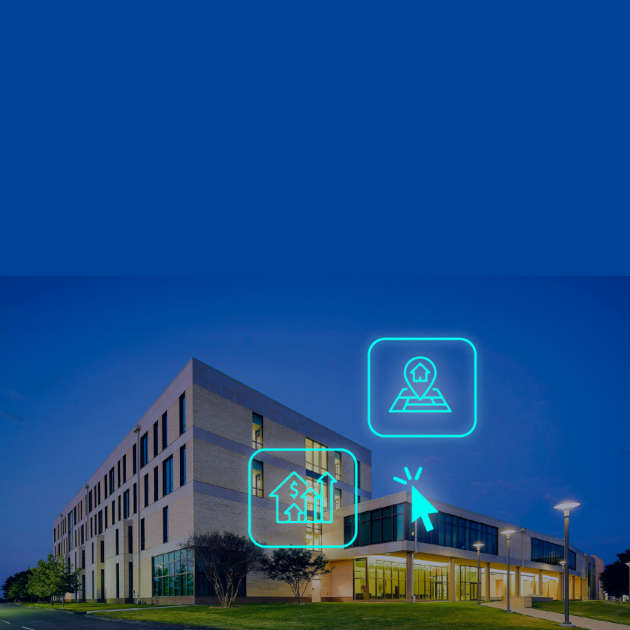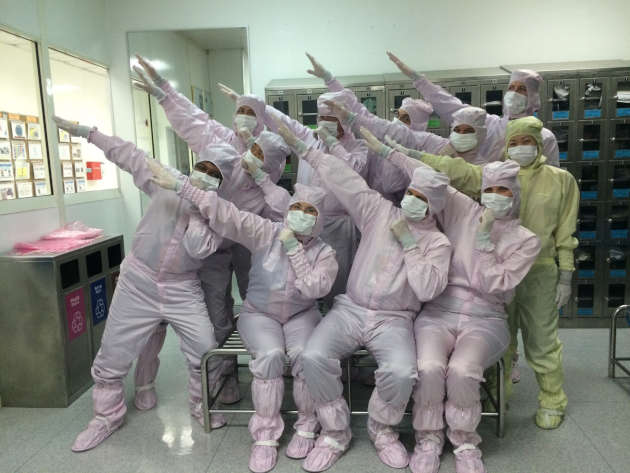
Our second-year GLEMBA students visited Kuala Lumpur, Malaysia, and the city-state of Singapore last June. The basis for this trip was to compare and contrast the financial, political, ethical and cultural differences between the emerging market of Malaysia with the developed Asian Tiger, Singapore.
We began our trip in Malaysia with a day of cultural visits to the Petronas Towers, the King’s Palace and the War Memorial, and we ended the day at the Central Market, where our students browsed the vendors of local crafts.
The next day, company visits began with a trip to the Bank of Negara (the Central Bank of Malaysia), where we learned about Islamic banking. Most people don’t follow Islamic banking simply because of the association with ISIS. However, Islamic banking follows the Muslim laws of Shariah, which states that one cannot collect interest or fees for loans of money. This form of investment is growing exponentially and internationally. We also visited Buffalo Tours, a new travel agency. The company is based in Vietnam and formed a joint venture with an Australian firm to enter Malaysia.
On Tuesday, thanks to student Maja Imamovic, we toured the Texas Instruments manufacturing facility that produces chips. We donned our “clean suits” and toured the facility. We also visited Ericsson on a stop that focused on the cultural differences between the U.S., Latin America, Malaysia and China. The deputy minister of finance shared the country’s vision to grow tourism, including “My Second Home,” (MM2H) an initiative where “silver hairs” (referring to mature, retired individuals) hold a second home in Malaysia. Although they cannot work, they can bring in a car, own property and get a 10-year multiple entry visa.
Our visit in Kuala Lumpur was to Royal Selangor, a pewter manufacturing facility, where our students boosted Malaysia’s economy with their pewter purchases before we departed for Singapore.
In Singapore we visited PSA, which operates the Port of Singapore, the second-largest port in the world. The port is under constant improvement and expansion to meet the demands of this centralized Asian transport hub.
Student Chuck Ross arranged for us to visit the company where he works, Bell Helicopter. Helicopters arrive in parts and are assembled in the Singapore facility. Sameer Rehman, managing director Asia-Pacific of Bell Helicopter, shared his philosophy with us. “There is no international business; it is all local. You can’t effectively sell and service Southeast Asia from the U.S. We should not try to change the local customs, but we should adapt to them. In global business as in all business, it’s all about people — you’re not going to do business with some you don’t trust. Bell doesn’t really sell helicopters, they sell the company itself.”
We also met at the TI distribution center in Singapore, which is operated by DHL. The facility is located in the free trade zone near Changi Airport. The TI Autostore has an automated warehouse system that tracks, stores and pulls inventory for TI. The TI Autostore is a three dimensional automated system that retrieves inventory from bins and takes them to the packaging agent. The Autostore is very capital intensive, but works when you consider the cost of land in Singapore.

